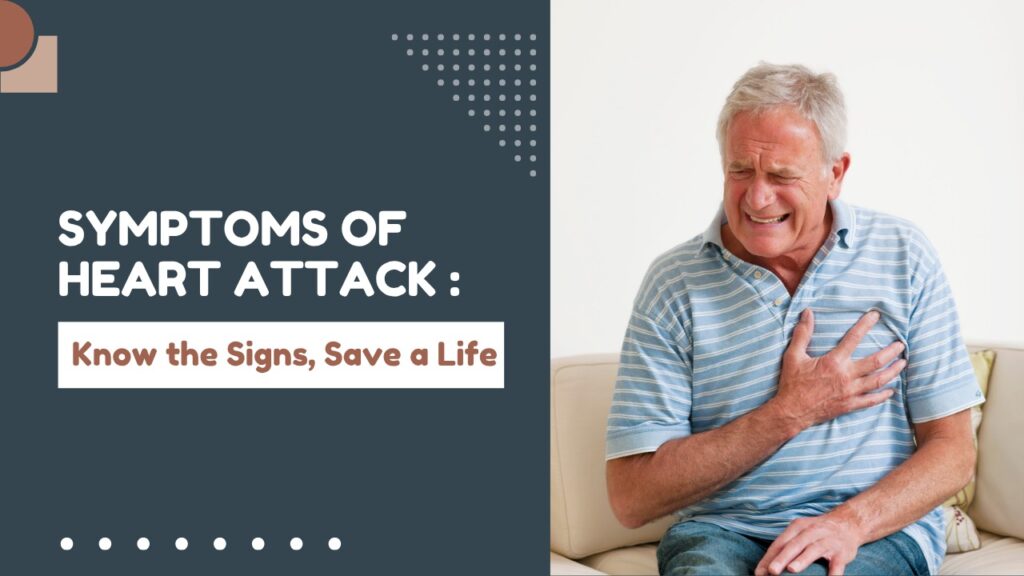Heart attacks, also called myocardial infarctions, are a major cause of death around the world. They happen when the flow of oxygen-rich blood to the heart is reduced or fully blocked, often due to a buildup of plaque in the arteries. This lack of blood flow can cause serious damage to the heart muscle. Recognizing the early symptoms of heart attack can lead to faster medical help and better chances of survival.
Many people think of heart attacks as sudden and dramatic, but that is not always the case. The symptoms can be mild or even go unnoticed. Common symptoms of heart attack include chest pain or discomfort, shortness of breath, nausea, lightheadedness, and pain in the arms, jaw, or back. These signs may come on gradually or suddenly.
It’s also important to know that the symptoms of heart attack can be different for men and women. For example, women are more likely to feel tired, dizzy, or nauseous instead of having sharp chest pain.
This article provides a comprehensive look at the symptoms of a heart attack, helping readers identify early warning signs, recognize atypical presentations, and take timely action.
What Is a Heart Attack ?
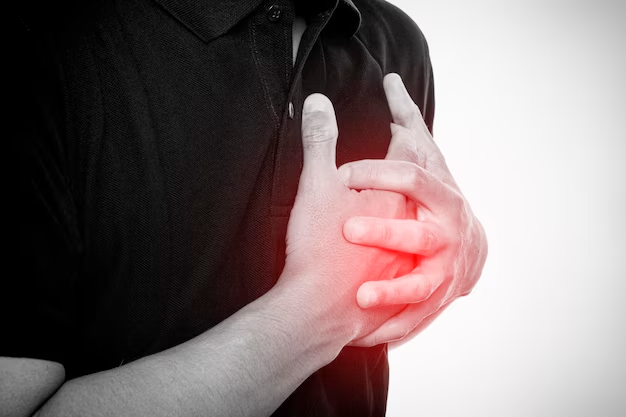
A heart attack occurs when the blood supply to part of the heart muscle is suddenly blocked. This usually happens when one or more of the coronary arteries, which supply blood to the heart, becomes narrowed or blocked. The blockage often results from a buildup of plaque. Plaque is made up of fat, cholesterol, and other substances that can accumulate on the artery walls over time.
When a plaque deposit ruptures, the body tries to repair the damage by forming a blood clot. However, this clot can block the flow of blood through the artery. When blood flow is restricted or completely cut off, the heart muscle in that area begins to suffer from a lack of oxygen.
If the blockage is not treated quickly, the heart muscle begins to die. This can lead to serious complications such as heart failure, arrhythmias, or even death. That’s why fast treatment is critical during a heart attack.
Understanding the symptoms of heart attack—such as chest pain, shortness of breath, or discomfort in other areas—is essential for getting timely help and preventing severe outcomes.
Why Recognizing Symptoms Matters
Heart attack symptoms are not always obvious. Some are mild and may be mistaken for other less serious conditions. However, recognizing early signs and getting immediate medical attention can make a significant difference. Many lives are lost because symptoms are ignored or misunderstood.
Heart Attack Symptoms
Chest Pain or Discomfort
This is the most common and recognizable symptoms of heart attack.
What it feels like: A feeling of pressure, tightness, squeezing, or pain in the center or left side of the chest.
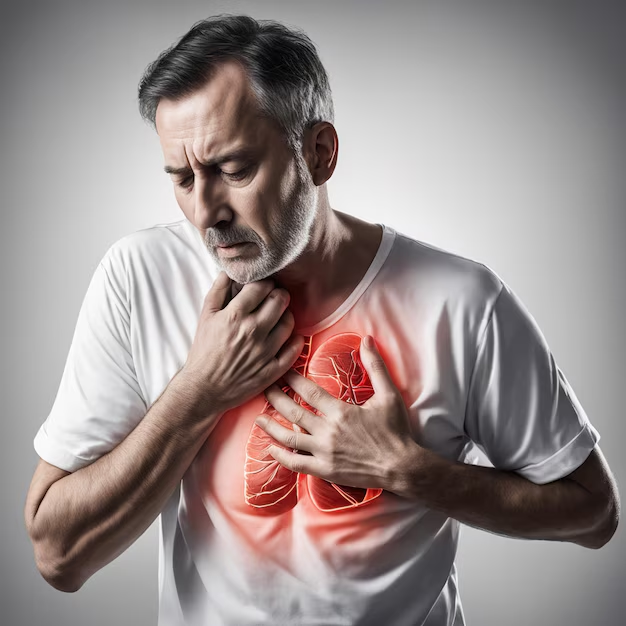
Duration: It often lasts more than a few minutes or goes away and comes back.
Misconceptions: Not all chest pain is severe. Some describe it as a mild discomfort or burning sensation, often mistaken for indigestion.
Pain in Other Areas of the Upper Body
One of the symptoms of heart attack is pain that spreads to other parts of the body. This pain doesn’t always stay in the chest; it can travel to the arms (especially the left arm), back, neck, jaw, shoulders, or upper stomach. This can make it harder to recognize a heart attack right away.
The reason for this spreading pain is due to shared nerve pathways between the chest and these areas. The brain can sometimes misinterpret the source of the pain, leading to discomfort in places other than the chest. Understanding these less obvious symptoms of heart attack can help people seek medical attention sooner and reduce the risk of serious heart damage.
Shortness of Breath
Often experienced alongside chest discomfort, shortness of breath can occur:
While at rest or during physical activity
With or without chest pain
It may feel like you can’t get enough air or are struggling to breathe normally.
Cold Sweat
Experiencing a sudden outbreak of cold, clammy sweat without any clear reason—such as heat or physical activity—can be a warning sign. This type of sweating often appears unexpectedly and may occur alongside other symptoms of heart attack, such as chest discomfort or shortness of breath.
Nausea or Vomiting
Nausea or vomiting might not immediately seem related to the heart, but they can be important symptoms of heart attack, especially in women. These gastrointestinal signs are sometimes mistaken for less serious conditions, making it crucial to consider them in the context of other warning signs.
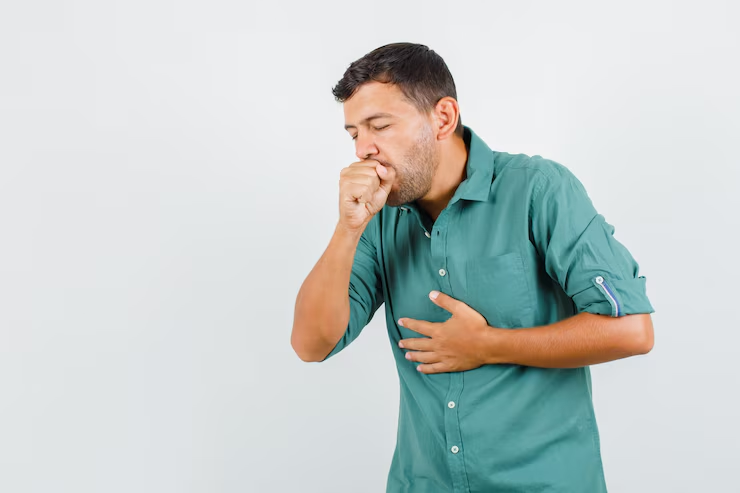
Lightheadedness or Dizziness
A sudden feeling of dizziness or lightheadedness may occur when the heart is unable to pump enough blood to the brain. This drop in blood flow can cause faintness or even loss of consciousness. When this sensation is experienced with other symptoms of heart attack, it should be taken very seriously and treated as a possible emergency.
Less Typical (Atypical) Symptoms
Not all heart attacks follow the “classic” pattern. Atypical symptoms can include:
Unusual fatigue: Especially among women, persistent or extreme fatigue with no clear cause can be a warning sign.
Indigestion or heartburn-like feeling
Sudden anxiety or a feeling of impending doom
Sleep disturbances in the days or weeks leading up to the attack
Gender Differences in Symptoms Of Heart Attack
Heart Attack Symptoms in Women
Women often experience symptoms of heart attack that are different from the classic signs seen in men. Instead of intense chest pain, they may feel extreme fatigue, nausea, shortness of breath, or discomfort in the back, neck, or jaw. These signs can appear gradually and are sometimes mistaken for less serious issues.
Because these symptoms of heart attack are less obvious, diagnosing heart attacks in women can be more difficult. Many women delay seeking help, thinking their symptoms are caused by stress or indigestion. Knowing these differences is important for early detection and prompt medical treatment.

Common symptoms in women include:
Shortness of breath
Nausea or vomiting
Back or jaw pain
Unexplained fatigue
Lightheadedness
Because these symptoms are subtle or easily confused with other conditions, women are more likely to delay seeking care, increasing the risk of complications.
Heart Attack Symptoms in Men
Men are more likely to report:
Chest pain or pressure
Pain radiating down the left arm
Sweating
Shortness of breath
Understanding these differences is critical for timely diagnosis and treatment.
Early Warning Signs Before a Heart Attack
Some individuals experience symptoms days or even weeks before a heart attack. These early warning signs may include:
Mild Chest Discomfort That Comes and Goes: Some people may feel a mild pressure, squeezing, or discomfort in the chest that isn’t constant. This sensation may come and go over time, and it is one of the early symptoms of heart attack that should not be ignored.
Unusual Fatigue: Feeling extremely tired without a clear reason, even after adequate rest, can be a warning sign. This unusual fatigue is a common yet often overlooked symptom of heart attack, especially in women.
Sleep Disturbances: Difficulty falling asleep or frequent waking during the night, sometimes due to chest discomfort or shortness of breath, may also indicate underlying heart issues. These sleep problems can be subtle symptoms of heart attack.
Shortness of Breath on Minor Exertion: Feeling breathless after performing light physical activities, like walking or climbing stairs, can be concerning. This reduced ability to breathe easily during minor exertion is a key symptom of heart attack that should prompt medical attention.
Taking these signs seriously can help prevent a full-blown heart attack.
Diagnosis of a Heart Attack
Electrocardiogram (ECG)
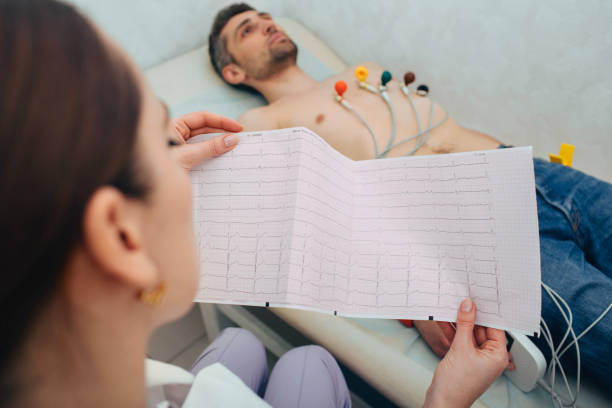
An electrocardiogram is a medical test that records the electrical activity of the heart. It helps detect abnormal heart rhythms or changes that may suggest damage to the heart muscle. This test is often used when evaluating symptoms of heart attack, such as chest discomfort or shortness of breath.
Blood Tests
Specific blood tests are performed to identify cardiac enzymes, such as troponin, that are released into the bloodstream when the heart muscle is injured. These tests play a crucial role in confirming whether symptoms of heart attack are due to an actual cardiac event.
Imaging Tests
Advanced imaging procedures like echocardiograms and coronary angiography are used to get detailed pictures of the heart’s structure and function. These tests help doctors locate blockages or damage, especially when a patient presents with unclear or mild symptoms of heart attack.
Risk Factors That Increase Heart Attack Chances
Understanding your risk can help you stay alert to symptoms.
Major risk factors include:
High blood pressure
High cholesterol
Diabetes
Smoking
Obesity
Family history of heart disease
Sedentary lifestyle
Excessive stress
Poor diet (high in saturated fats and sodium)
Preventive Steps: Reducing Your Risk
While not all heart attacks are preventable, you can significantly reduce your risk by:
Following a Heart-Healthy Diet: Consuming a balanced diet that includes plenty of fruits, vegetables, whole grains, and lean sources of protein can help support overall heart health. This approach reduces the risk of developing conditions that lead to symptoms of heart attack, such as high cholesterol or high blood pressure.
Engaging in Regular Physical Activity: Participating in moderate-intensity exercise, such as brisk walking, for at least 30 minutes on most days of the week can strengthen the heart and improve circulation. Regular movement also helps lower the risk of experiencing symptoms of heart attack.
Effectively Managing Stress Levels: Chronic stress can negatively affect heart health by increasing blood pressure and promoting unhealthy habits. Finding healthy ways to manage stress—such as through meditation, hobbies, or relaxation techniques—can help reduce the likelihood of symptoms of heart attack.
Avoiding Tobacco Use: Smoking significantly raises the risk of heart disease. Quitting tobacco products greatly improves cardiovascular health and lowers the chances of developing symptoms of heart attack.

Controlling Chronic Health Conditions: Managing medical issues such as diabetes, high blood pressure, and high cholesterol through medication and lifestyle changes can prevent damage to blood vessels and the heart, reducing the risk of symptoms of heart attack.
Undergoing Regular Medical Examinations: Routine health checkups help detect early warning signs of heart disease. Early detection and treatment can prevent or reduce the severity of symptoms of heart attack in the future.
Recovery After a Heart Attack
Cardiac Rehabilitation: Cardiac rehabilitation is a structured, medically supervised program that includes physical exercise, education about heart-healthy living, and emotional support through counseling. This comprehensive approach helps individuals recover after experiencing symptoms of heart attack and reduces the risk of future cardiac events.
Implementing Lifestyle Modifications: Long-term lifestyle changes are essential for heart recovery and prevention. These include adopting a nutritious diet, engaging in regular physical activity, and permanently quitting smoking. These efforts play a key role in improving heart function and lowering the chances of recurring symptoms of heart attack.
Use of Prescription Medications: Doctors may prescribe medications such as blood thinners to prevent clot formation, beta-blockers to reduce heart strain, ACE inhibitors to lower blood pressure, and drugs to control cholesterol levels. These treatments are vital for managing underlying conditions that contribute to symptoms of heart attack.
Ongoing Follow-Up and Medical Monitoring: Regular follow-up care with a healthcare provider ensures that treatment plans are effective and adjusted as needed. Continued monitoring helps detect any new or recurring symptoms of heart attack early, improving long-term health outcomes.
Psychological support is also important, as many survivors experience depression or anxiety post-attack.
Conclusion
Understanding the symptoms of heart attack is essential for early detection and prompt medical response. These symptoms can range from classic chest pain and shortness of breath to more subtle signs like fatigue, nausea, or pain in the jaw and back. Recognizing these warning signs—whether mild or severe—can be the difference between life and death.
It’s important to remember that the symptoms of heart attack can vary based on age, gender, and individual health conditions. Women and people with diabetes, in particular, may experience atypical symptoms that are easy to overlook. Staying informed and vigilant is key, especially if you or a loved one has risk factors such as high blood pressure, smoking, or a family history of heart disease.

In today’s fast-paced world, we often ignore bodily discomfort or dismiss it as stress or fatigue. But paying attention to the symptoms of heart attack and seeking immediate help can significantly increase survival rates and reduce complications.
FAQs
- What are the most common symptoms of heart attack ?
The most common symptoms of heart attack include chest pain or pressure, shortness of breath, cold sweats, nausea, and pain in the arms, neck, jaw, or back. - Can symptoms of heart attack be different in women ?
Yes, women often experience less typical symptoms of heart attack, such as extreme fatigue, nausea, dizziness, and discomfort in the back or jaw, which can make diagnosis more difficult. - What should I do if I notice symptoms of heart attack ?
If you or someone else shows signs of a heart attack, call emergency services immediately. Quick medical attention can save lives and reduce heart damage. - How can I reduce my risk of having symptoms of heart attack ?
Maintaining a healthy lifestyle with a balanced diet, regular exercise, no smoking, stress management, and routine health checkups can significantly reduce your risk. - Are all chest pains symptoms of heart attack ?
Not all chest pains indicate a heart attack, but it’s important to get any unexplained or sudden chest discomfort evaluated by a healthcare professional.
